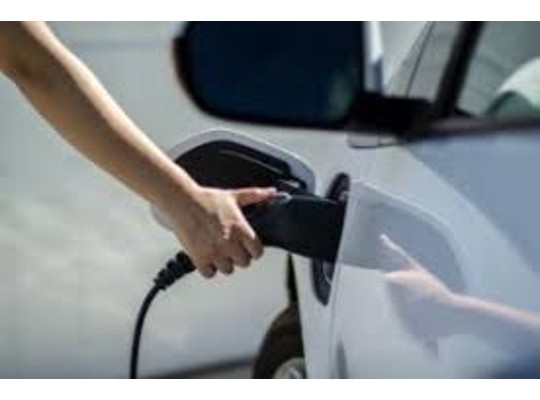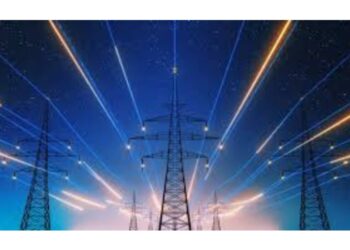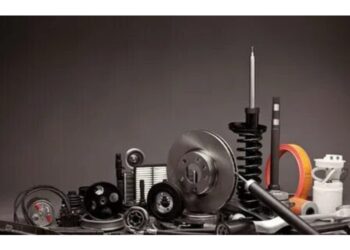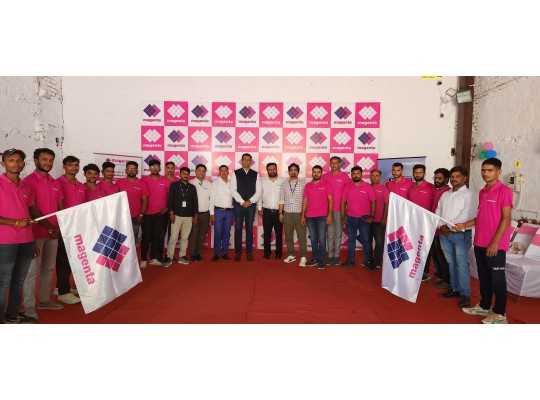Monsoon season is here! While it relieves the scorching summer heat, many EV owners are concerned about how their vehicles will fare in the rainy weather. Despite the advanced technology and protective measures built into modern electric vehicles, some myths and misconceptions persist. The good news is that EVs are designed to function efficiently under various weather conditions, including heavy rains. With proper care and a few precautions, you can ensure your EV remains safe and operational throughout the monsoon season.
Here are some essential tips to debunk some common myths and keep your EV safe this monsoon:
Myth 1: Waterlogged areas damage electric vehicles.
Reality: Modern EVs come with robust Ingress Protection (IP) ratings, typically IP65 or IP67, ensuring protection against dust and water. An IP67 rating means that the vehicle can be submerged in water up to one meter deep for 30 minutes without any leakage, and the battery, connectors, and high-voltage architecture are safe from water damage. Additionally, battery packs feature multiple protective cutoffs that activate at the first sign of water ingress, enhancing safety.
Tip: Always know your vehicle’s IP rating and avoid driving through extremely deep water to prevent any potential damage.
Myth 2: Charging an EV in the rain is dangerous.
Reality: This is a common misconception. EV charging stations are designed to be weatherproof and shockproof, protecting the vehicle from any electrical mishaps. These chargers undergo rigorous testing to meet safety standards. Electrical connectors and equipment are designed in a way that prevents the ingress of water and other contaminants, ensuring safe and reliable charging in rainy conditions.
Tip: It’s recommended to always charge an EV in a dry and covered area, avoiding heavy thunderstorms. It’s also suggested to charge the EV at home during the night to help balance the electrical grid’s distribution.
Myth 3: EVs are more susceptible to damage from lightning.
Reality: Lightning can damage both EVs and ICE vehicles equally. When lightning hits a vehicle, the metal body helps by directing the current away from people inside. This happens because of something called the Faraday effect, which means the metal acts like a shield, guiding the lightning’s energy safely into the ground. Studies, including those from the National Highway Traffic Safety Administration (NHTSA), have shown that EVs have a lesser risk of lightning-related damage in comparison to ICE vehicles.
Tip: During a thunderstorm, it’s safest to avoid being outdoors, but if you must be, rest assured that your EV provides similar protection as any other vehicle.
Myth 4: Using ancillary components affects the range of the EV.
Reality: The impact of using ancillary components like windscreen wipers or defoggers does not affect an EV’s range or functionality. EVs are designed to account for the electrical consumption of these components, even during heavy rains, ensuring that the vehicle’s performance is not affected.
Tip: Use necessary ancillary components like windscreen wipers and defoggers without worrying too much about the impact on your EV’s range.












